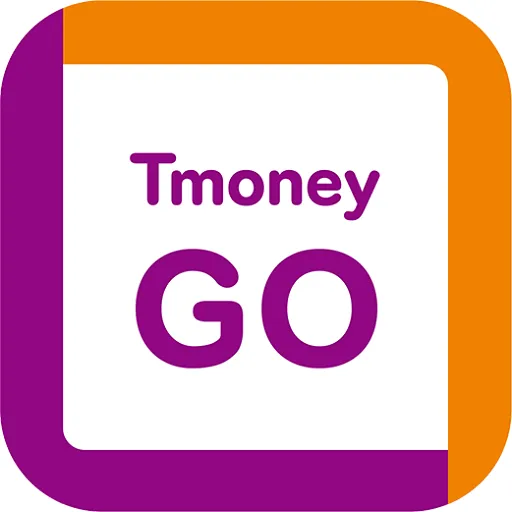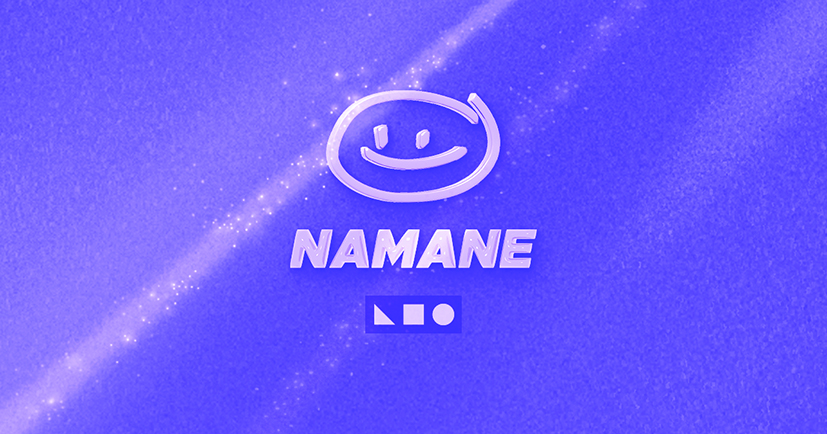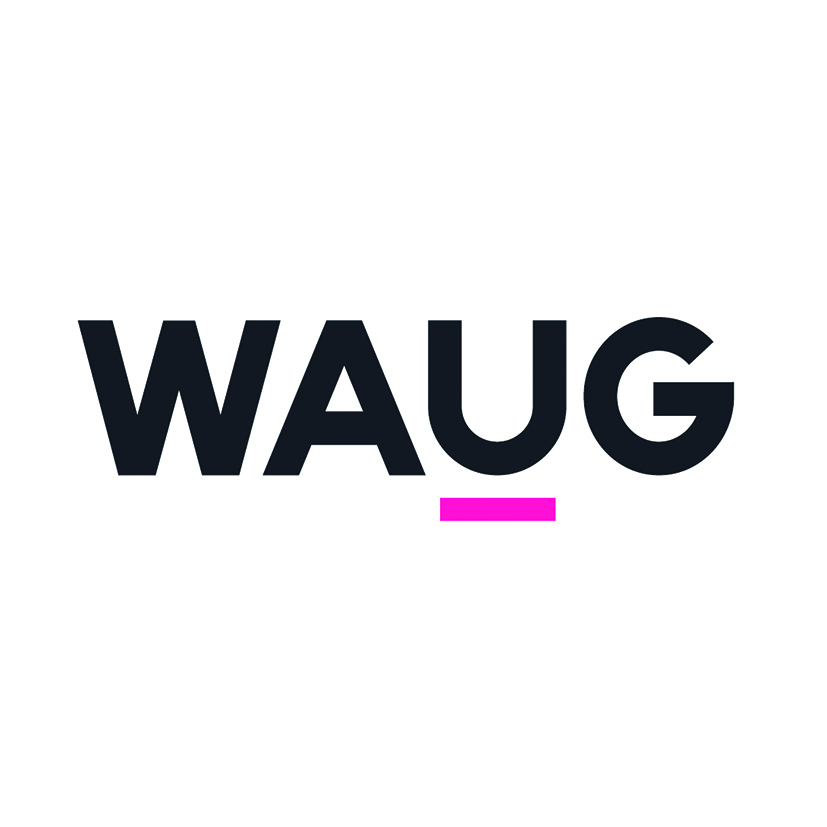Feeling Lost in Translation?
Helpful Apps for International Residents in Korea
By Daniel Sanchez
South Korea, with its bustling cities, stunning landscapes, educational and working opportunities, and culture, has become a preferred destination for travelers and expats alike. However, for most foreigners, especially students, navigating a new country can be difficult, even more so with such a scary language barrier. But fear not, daring foreign fellows, as we will provide a short summary of the must-have applications that will help you navigate Korea. Recommendations ranging from translation, transportation, and finance to daily life will help you enjoy your experience in Korea smoothly. So, ditch all the misunderstandings and prepare to delve headfirst into everything Korea has to offer.
First, the most basic applications to have while living in South Korea are the translation titans, the most common being:
Papago:

Naver’s AI-powered translator is useful for texts, websites, images, and voice translations. This app works well for English–Korean and Korean–English translations, but unfortunately it is not as accurate for other languages. However, the app is very handy and a great addition to have in advance.
Google Translate:
This app can be used to complement other translators due to the feature that enables users to download a language onto the app. It is especially useful when you are new to the country and struggle to find a good internet connection. Once you have downloaded the language, live translations can function offline. Additionally, this app is used in many other countries, offering better translations for non-English speakers.
Waygo:

It is one of the lesser-known translator apps, despite being a powerful translator app specifically designed for East Asian languages (Korean, Japanese, and Chinese). The application uses optical character recognition (OCR) for its English translation features, which could be very useful for songs and menu. Similar to Google Translate, this app can be used without an internet connection.
Now after being able to understand the language a bit, moving around is the next priority. Foreign residents and locals rely on maps and transportation apps.
Kakao Map:

With a friendly user interface in English and Korean this app is widely used due to its high accuracy and real-time information about public transportation schedules, routes, and locations. It can also be integrated with other apps within the Kakao group like KakaoTalk and Kakao T (taxi), making location sharing with friends or requesting a taxi possible with one click.
Naver Map:

The expats’ favorite Naver Map offers extensive information and search options in English, including bus stops, station details, and ETAs. It also offers route suggestions depending on the preferred mode of transportation. Even though some features might be exclusively in Korean, it remains a valuable app for expats.
Kakao T:

Taxis in Korea are usually clean and well maintained, comparable to Uber’s services abroad. Kakao T makes getting rides easy, providing an estimate of the wait time and ride cost in advance. As the destination is given to the driver in advance, communicating this is not necessary most of the time, making it especially useful for expats who do not speak Korean. The app offers an English interface and integrates seamlessly with KakaoTalk, the country’s primary messaging app, making cost-sharing and rides with friends effortlessly easy.
KorailTalk:

Everyone will eventually reserve and book train tickets in Korea, especially during vacations. If you are traveling around the country, it can be difficult to understand train schedules and fares because this information is most often presented in Korean, especially outside of Seoul, and it can be difficult to find the English translation button at counters or to use the translation app. To overcome this, KorailTalk is an excellent alternative for knowing fares and train departure times in advance. This app lets you book and buy train tickets online for Mugunghwa (무궁화호), ITX, and KTX trains using domestic and international cards, but a personal account, which can be created through the Korail website, is necessary. If you enjoy traveling by train, this app is for you.
TmoneyGo (티머니Go):

TmoneyGo is an alternative for transportation. This Naver app is a hub for transportation services, from buses, taxis, and bikes to STR train ticket reservations. However, its interface in only in Korean, so a basic understanding of the language is necessary to navigate the app. Fortunately, the app is well illustrated and intuitive, so once you have familiarized yourself with the services offered, this will be a handy app to reserve bus tickets for both general and express services, with the option to pay using either domestic or international credit cards.
Although every bank in South Korea accepts applications for account management, in some cases, opening a bank account can take some time. The option of opening a Korean bank account is also unavailable for travelers. Here are two interesting finance apps than can help you with money management in your early days in Korea.
Handpass:

This is an all-in-one finances management app with an English interface, including a virtual wallet, overseas remittance services, and prepaid cards for online and offline payments through personal authentication using either with a Residence Card (ARC) or a passport. Once the authentication is approved, the user can request and top-up physical cards, request dedicated accounts (with local banks) for virtual wallets or transfer money and recharge the virtual wallet in convenience stores and selected ATMs. Their customer service can be accessed via phone call or via English chat for different countries including Cambodia, Indonesia, China, Nepal, Uzbekistan, Myanmar, and others.
Namane:

Like Handpass, Namane app is designed in a simple way to manage personal finances more efficiently by presenting a user-friendly layout. The interface is in English and a package of tools that includes pay card transfer, transit card service, and pay card top-up is available. One of the most interesting features of this app is the possibility of designing your own physical card at multiple kiosks located in Seoul, Incheon, Daejeon, Daegu and Gwangju. For online and offline payments, the physical card can be charged using the app and the mobile phone by different methods, such as KakaoPay, wire transfer and via international debit or credit card. Topping-up the card using cash at convenience stores is also possible. Users need to create an account within the app when designing the card and authentication can be done using phone number or email.
| Namane App Printing and Design Kiosk Open: 11:00 a.m. – 10:30 p.m. Address: 81-3 Chungjang-ro, Dong-gu, Gwangju (Artbox Store) |
Last, but not least, apps that are useful in everyday life for entertainment or safety:
WAUG:

For everyday activities, WAUG is very popular among expats. This app enables users to find information about housing, healthcare, and Korean culture as well as reservations for travel, festivals, and restaurants. The app presents content in English and also manages an English blog (https://blog.waug.com/).
Emergency Ready:

This is an official app, launched by the Korean government in 2014. It is an application completely in English for emergency contact numbers and safety information, such as location of emergency shelters, safety tips, and information about CPR methods for emergency situations. This app is especially recommended for tourists but also for international residents and multi-cultural households.
Navigating life in Korea as a foreign resident can be difficult, especially due to language difficulties and unfamiliar surroundings. However, a number of useful apps can help to provide a smoother transition. Language translation apps like Papago, Google Translate, and Waygo can help bridge the language gap, while navigation apps like Kakao Map, Naver Map, and Kakao T make traveling easier. Financial apps such as Handpass and Namane can help you manage your money in your early days, and apps such as WAUG can also help to improve daily living by offering information about events and pastime activities, but also offer help in emergency situations. Using these tools can improve your experience and help you to make the most of what Korea has to offer.
The Author
Daniel Sanchez is a Colombian graduate student in the Department of Library and Information Science (LIS) at Chonnam National University, where he is a Global Korea Scholarship awardee. He has been living in Gwangju since 2022 and in Korea since 2020. GKS As a librarian, he has been focusing on the development of digital competences in both information users and consumers, and in LIS undergraduate students in Colombia.




